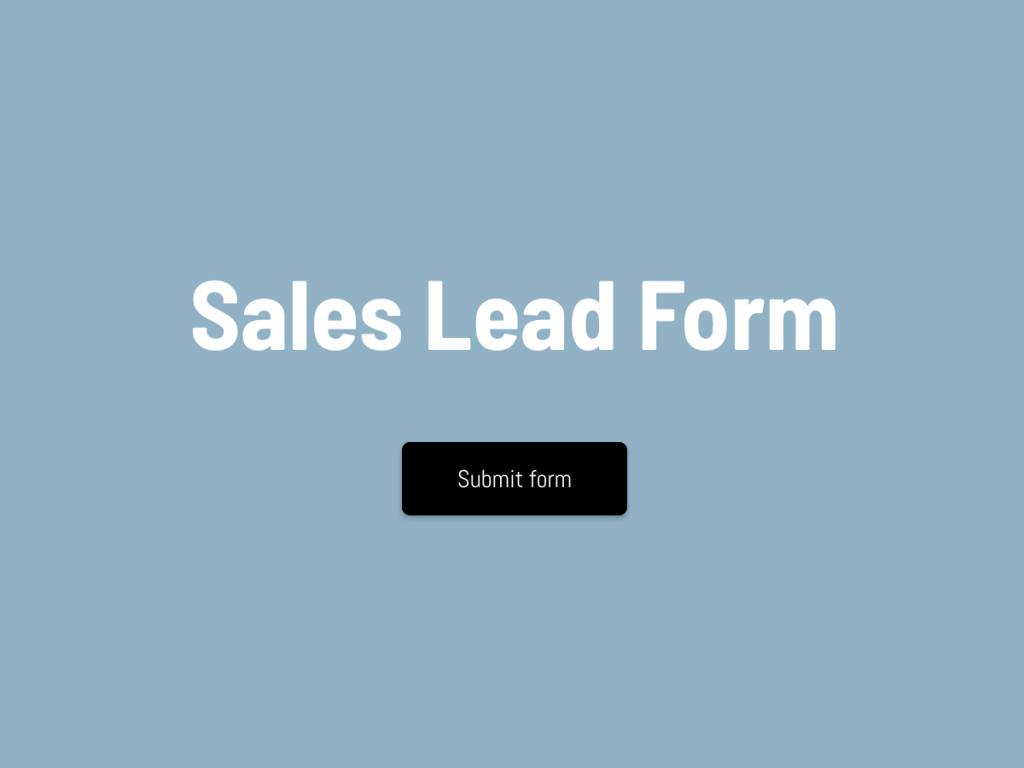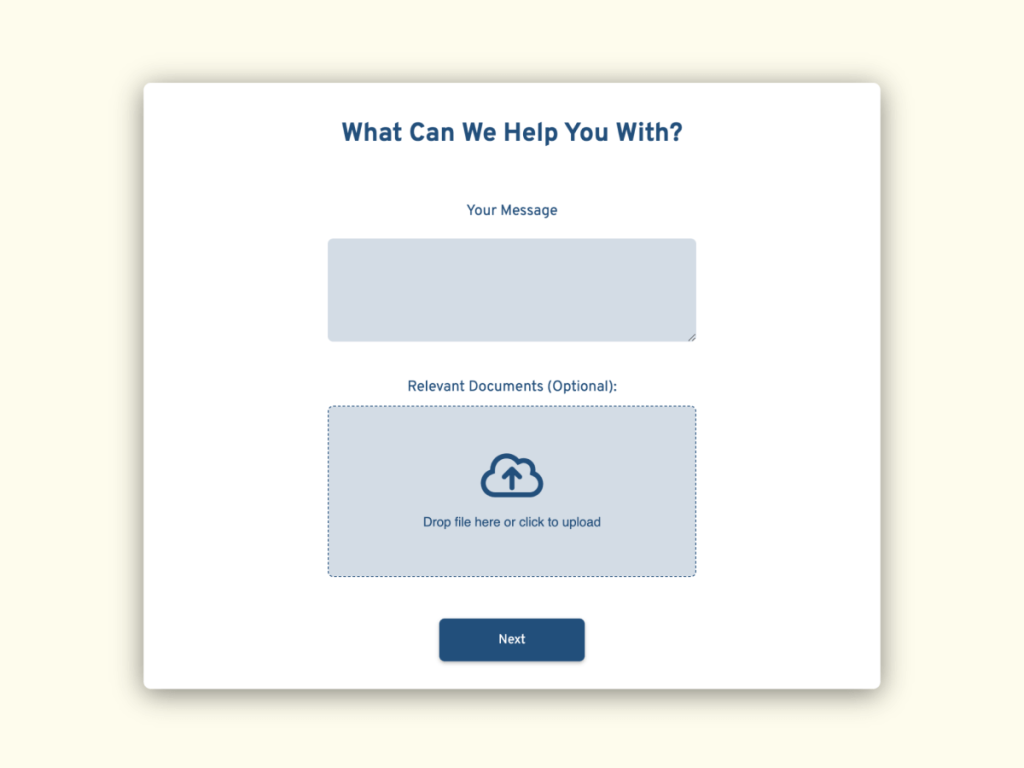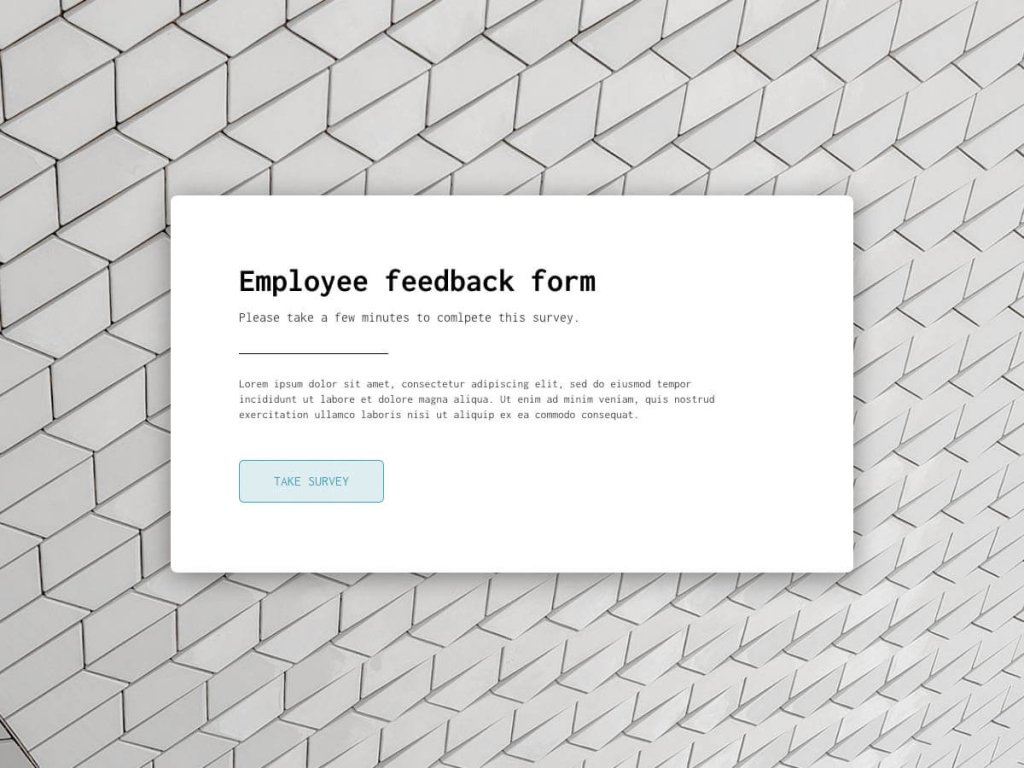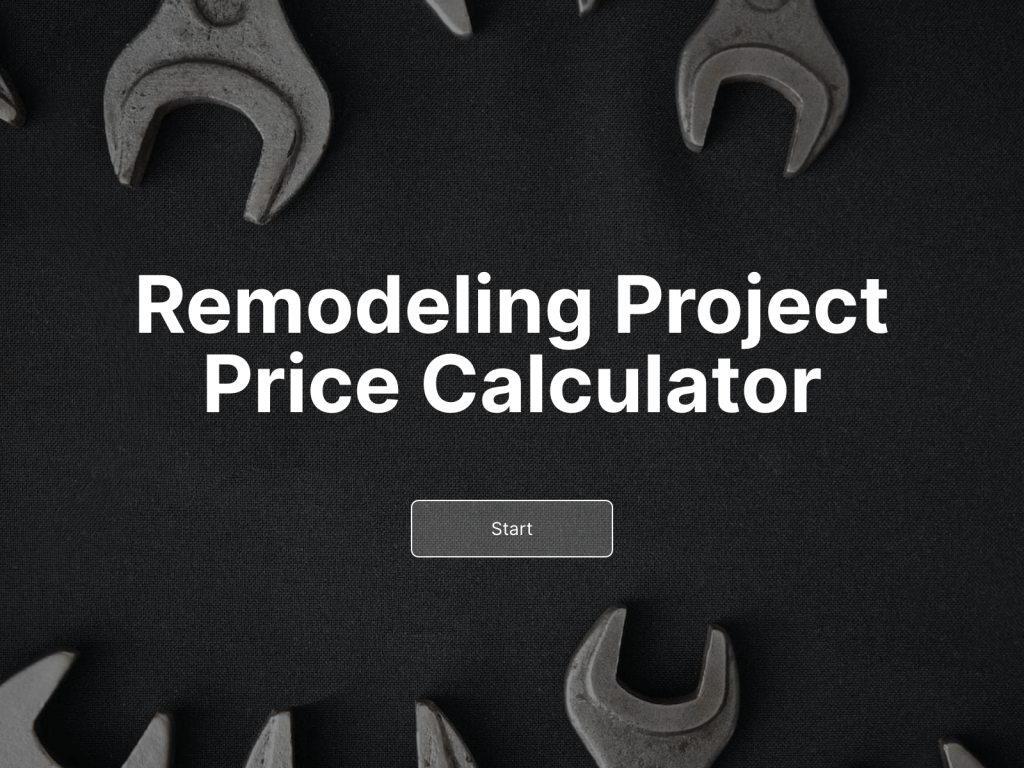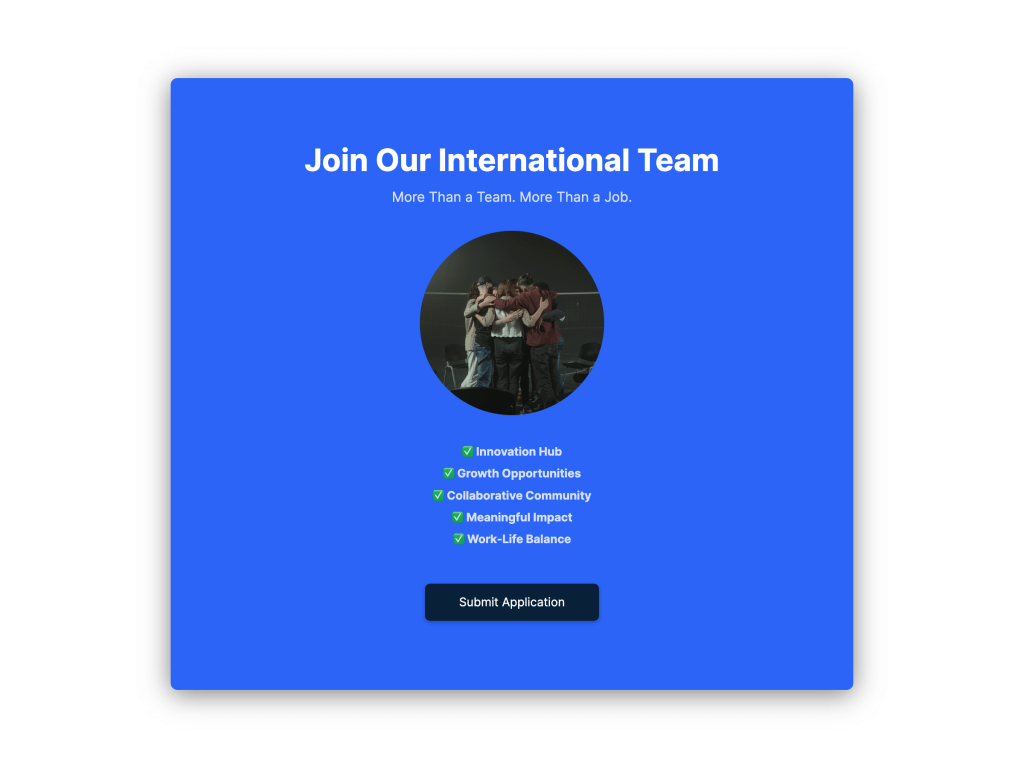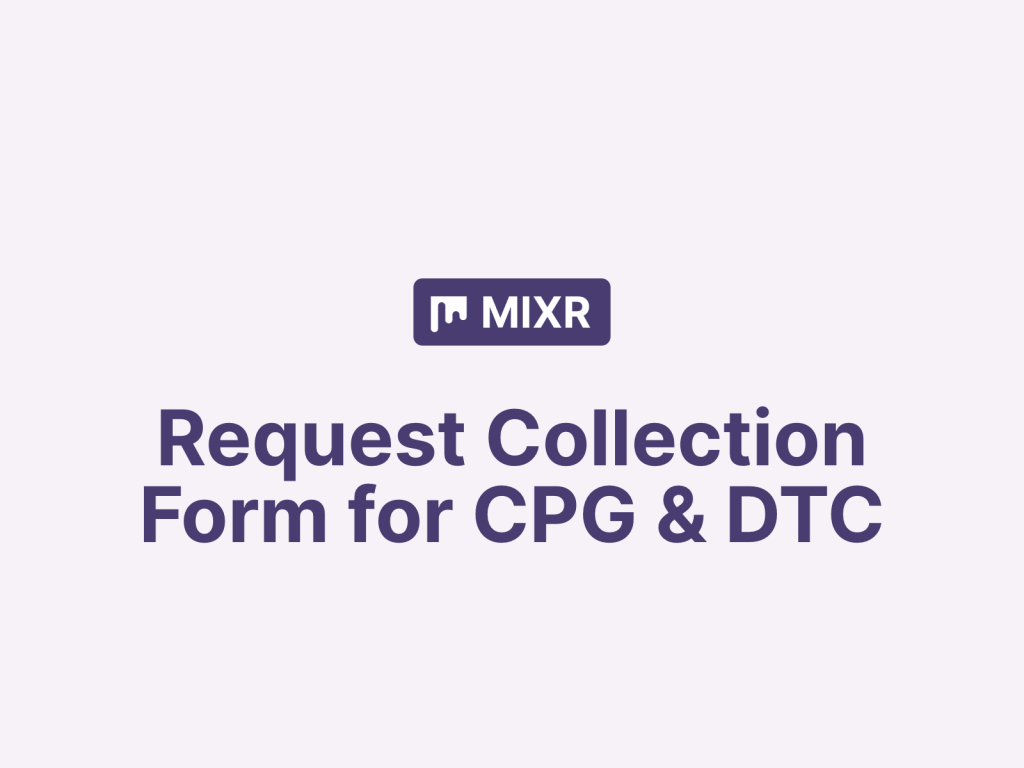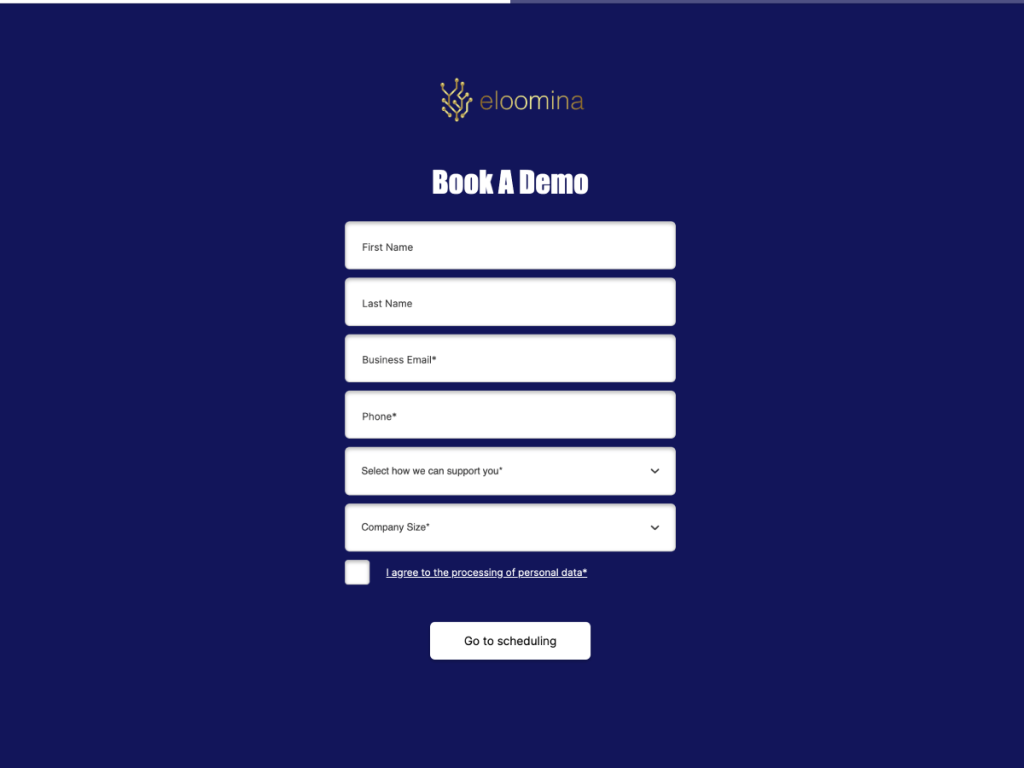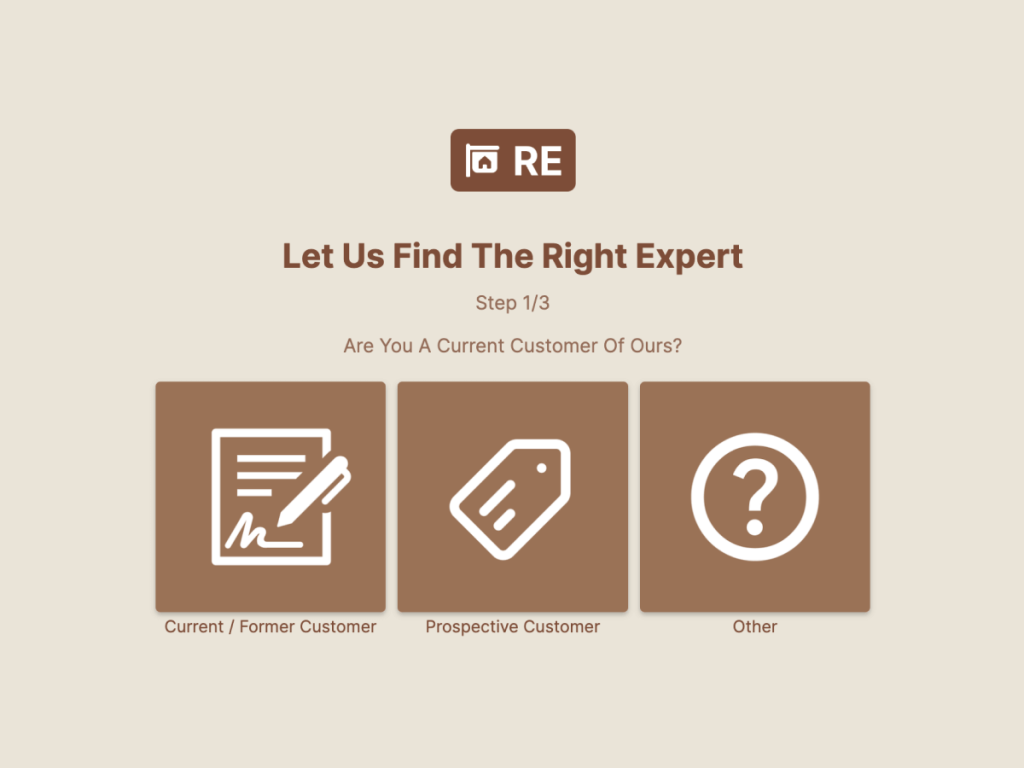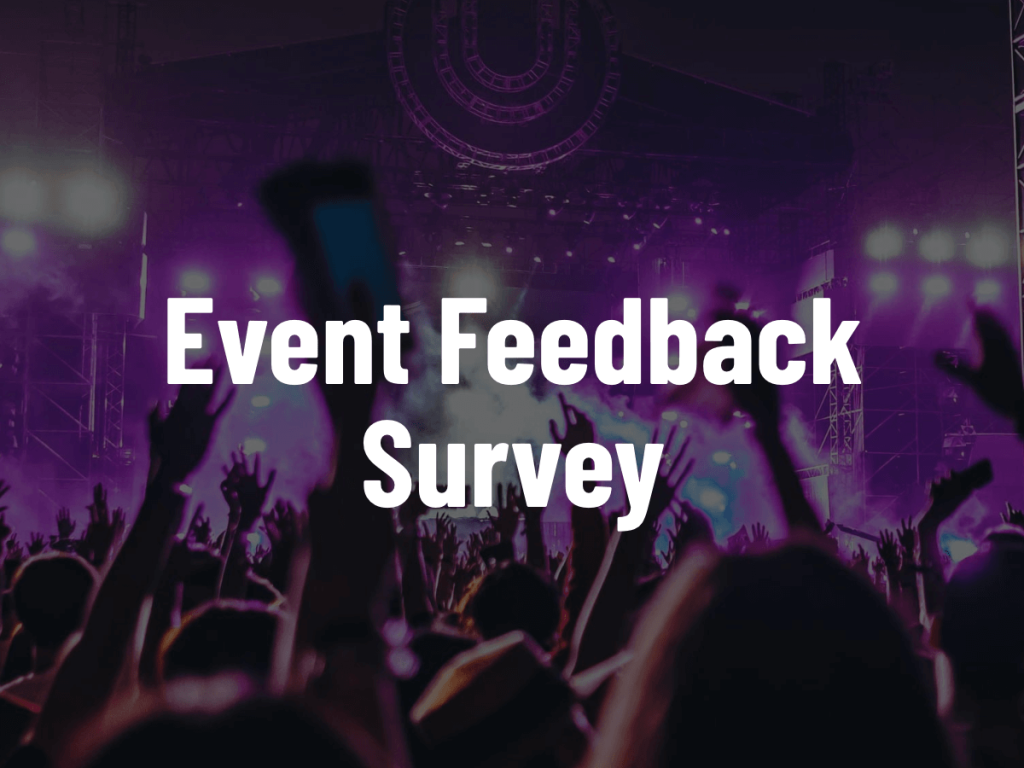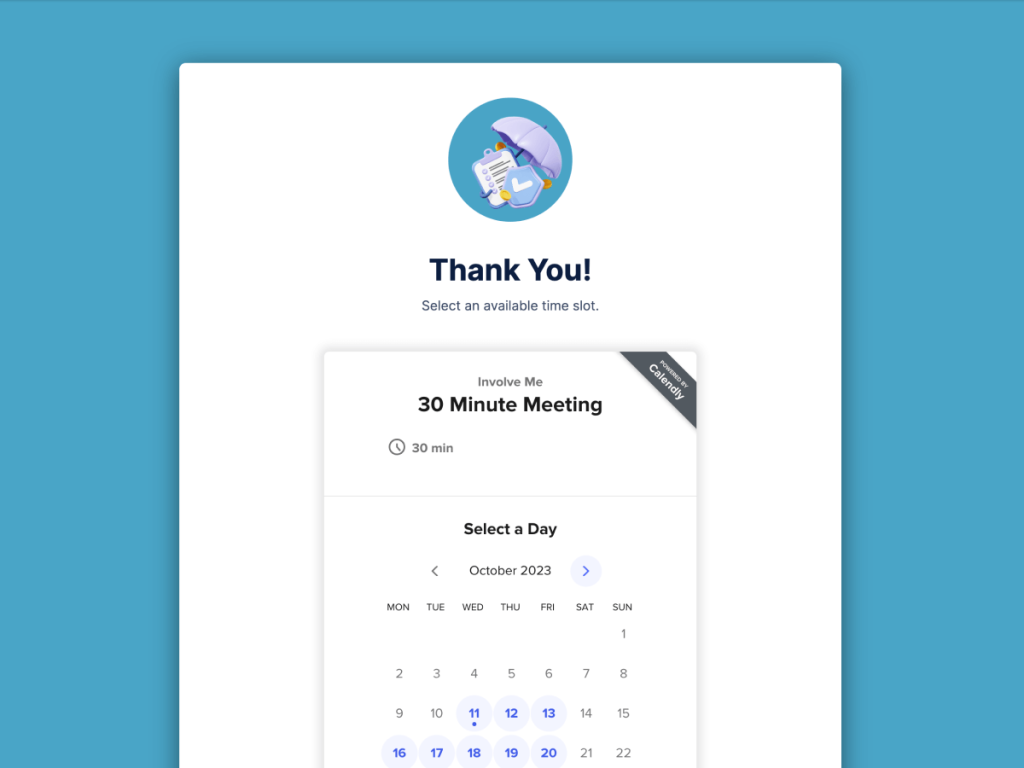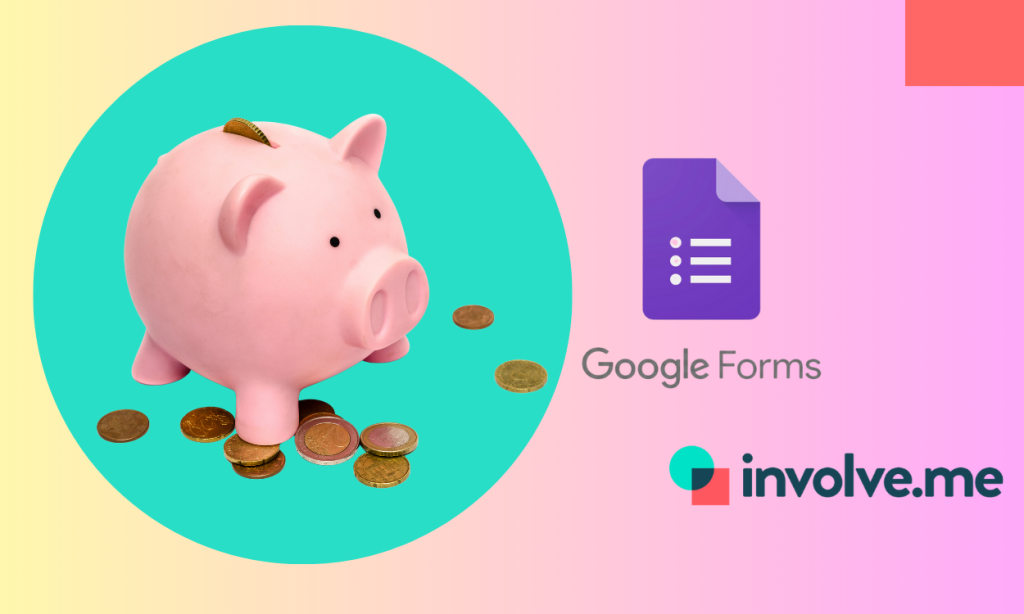If you're on the hunt for better ways to snag leads for your business, you've likely stumbled upon account-based marketing and lead generation marketing approaches. Ever wondered which fits your business best?
Read on to explore the differences between account-based marketing and lead generation, and discover the key factors to decide what works best for you.
What is ABM?
Account-based marketing (ABM) is a marketing approach that focuses on identifying, targeting, and engaging a select group of high-value accounts or companies you want to work with. The goal is to turn these valuable accounts you've specifically targeted and pampered into loyal, long-term customers.
To do so requires adopting a data-driven approach, considering factors such as the account’s:
Industry
Company size
Pain points
Budget
Company culture
Competitors
ABM Treats Accounts Like Markets of One
In other words, instead of mass-producing generic marketing materials, it treats each high-value account as its own unique market. And since every marketing dollar is invested strategically, it likely results in larger deals and higher win rates.
In fact, a statistic shows that 91% of businesses implementing ABM have seen a rise in their typical deal size, and a quarter of them noted a whopping increase exceeding 50%.
What’s more, 60% of those who've been using ABM for a year or more credit it with boosting their revenue, according to a report from Demand Metric. This truly shows that valued partnership and exceptional customer care can lead to significant rewards in the long run.
ABM Requires Marketing and Sales Synchronization
As opposed to the traditional approach where the sales team and marketing team operate in silos, ABM requires a more collaborative approach.
Generally, the marketing team finds these ideal accounts and learns everything about them – their problems, language, culture and so on. They then create targeted messages and content that can get the account’s attention. Using marketing’s intel, the sales team builds personal relationships with the account and seals the deal.
As per MarketingProfs, this streamlined approach, where sales and marketing functions are closely coordinated, results in a 36% increase in customer retention rates and a 38% increase in sales win rates.
ABM Success Depends on “Great-Quality” Data
When you look at ABM success statistics, such as revenue boosts and higher win rates, it can be easy to forget that personalization comes with a cost – you need to get the “right” kind of information about your prospective clients.
In fact, according to Hubspot, marketers claim that personalization remains the most challenging part of ABM.
To get accurate and comprehensive data about your account, you need to think beyond demographic data and deliver into behavioral data. As a starting point, look into the fundamentals of growth/digital marketing, including past interactions with your website, content engagement, and responses to your previous marketing efforts.
To get to know your current customers, consider creating personality quizzes or run surveys. For that, you can use pre-designed templates:
Create Your Own Quiz
Start with a customizable template
What is Lead Generation?
Lead generation is simply the process of attracting a wide pool of potential customers, and then identifying those who have shown genuine interest in your products or services. The goal is to constantly supply a steady stream of these qualified leads that can be nurtured and converted into paying customers over time.
Thus, the emphasis is on quantity, with the expectation that not all leads will convert into customers immediately.
Lead generation involves strategies and techniques that move a potential customer through the traditional sales funnel, including but not limited to:
Lead magnets
Email marketing
Social media
Cold calling
Paid ads
We've prepared a set of free templates that can help you generate and quality leads:
Create Your Own Lead Magnets
Start with a customizable template
Lead Generation Prioritizes Volume Over Depth
Contrary to a simplistic interpretation of favoring quantity over quality, this approach does not dismiss the importance of lead quality. Instead, it involves a strategic balance where marketers aim for both quantity and quality.
And, arguably, the most effective way to strike this balance is by investing heavily in crafting content tailored for leads in the early stages of their buying journey. A majority of marketers support this, with 54% believing that early-stage content provides the most value, as opposed to only 8% who think content for those "ready to buy" is most important, according to a statistic.
Imagine browsing LinkedIn and X, where thought leaders create captivating blog posts, informative videos, and eye-catching infographics, showcasing their deep mastery of UX design fundamentals
Rather than immediate sales pitches, they spark curiosity and offer value through tips and genuine conversations.This builds stronger connections, especially with those not yet ready to make a purchase.
Lead Generation Focuses on the Short-Term
In simpler terms, lead generation is all about getting quick results and wins. So, what does this mean for marketers?
It means you need to be quick on your feet, ready to adapt to whatever is trending or making headlines in your industry. Jump on the latest buzz, experiment, and try out new ideas, whether it’s launching limited-time promotions or being creative with online forms to initiate contact with customers.
Create Your Own Online Forms
Start with a cutomizable template
However, this quick and adaptive approach does come with a hurdle: With strategies changing rapidly, it becomes challenging to track which specific change brought the results.
The constant influx of new data makes it tricky to set a steady starting point for measuring performance, adding to the difficulty of acquiring high-quality leads. According to a statistic, generating high-quality leads remains a challenge for 37% of marketers.
How to Decide Between Account-Based Marketing Vs Lead Generation
Now that you know the main features of ABM and lead generation, and how they differ from each other, here’s a list of considerations to help you decide which approach is best for your needs:
Consider Your Goals
If your ambitions lean towards fostering relationships with specific accounts, Account-Based Marketing (ABM) aligns seamlessly. In contrast, if your vision involves rapid expansion and quick wins, lead generation might be the more strategic pathway.
Consider the pacing, depth, and longevity your business goals demand, and let that guide your choice between ABM and lead generation.
Analyze Your Target Audience
Assess the diversity and specific needs of your audience in relation to what you are offering. Is your product or service niched, demanding a personalized and tailored pitch? In this case, ABM makes sense.
On the flip side, if your offerings benefit a much broader audience, lead generation’s ability to address a diverse audience might be more fitting.
Assess Your Resources
ABM demands personalized content, intricate data analysis, and strategic focus on high-value accounts that can lead to a potentially higher cost. If you're resource-rich with the capacity for in-depth personalization, ABM can be a feasible investment.
However, if you find your resources are limited, and you need to make the most out of what you have, lead generation may be a more cost-effective solution. The adaptability of lead generation strategies allows you to achieve big results without the need for high investments.
Final Thoughts
In summary, ABM prioritizes specific high-value accounts for lasting connections, while lead generation casts a wider net for short-term wins. When choosing between the two, consider your goals, your target audience, and resources.
Always remember that as a business, one of your key objectives is to retain your customers – and it all starts with acquiring quality leads. Explore involve.me for a range of forms to qualify your leads effectively!









